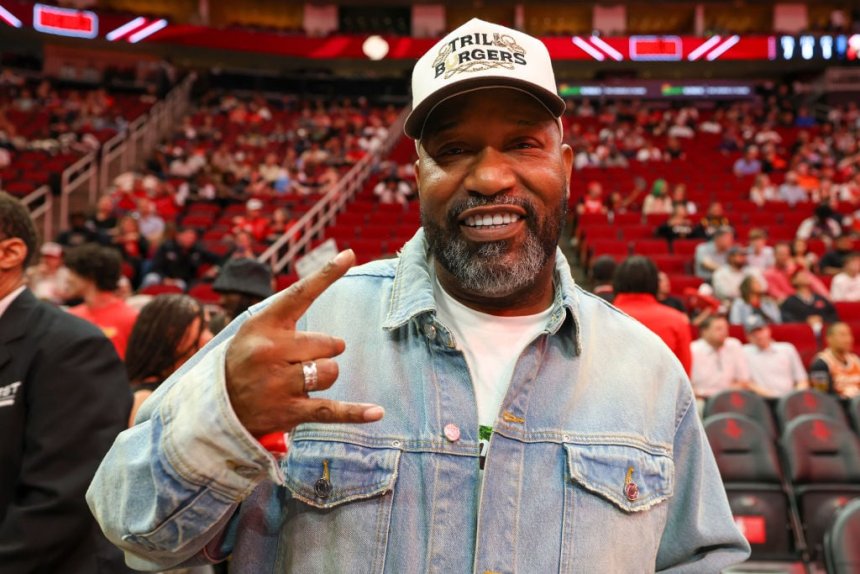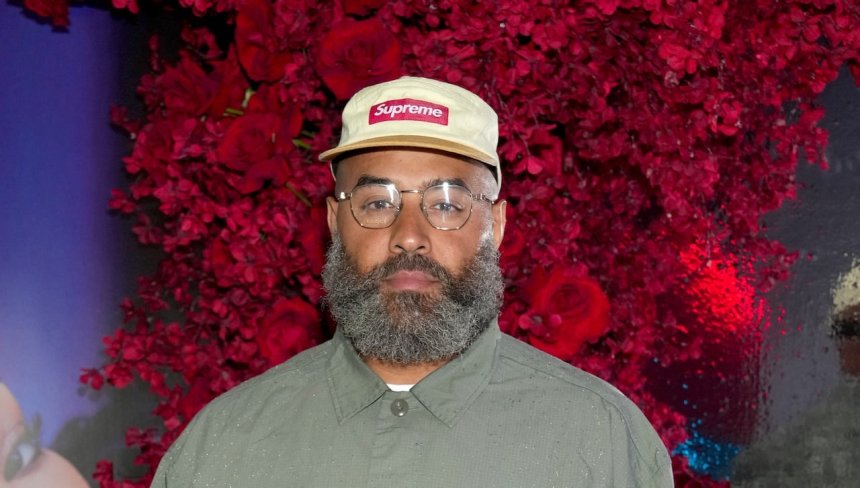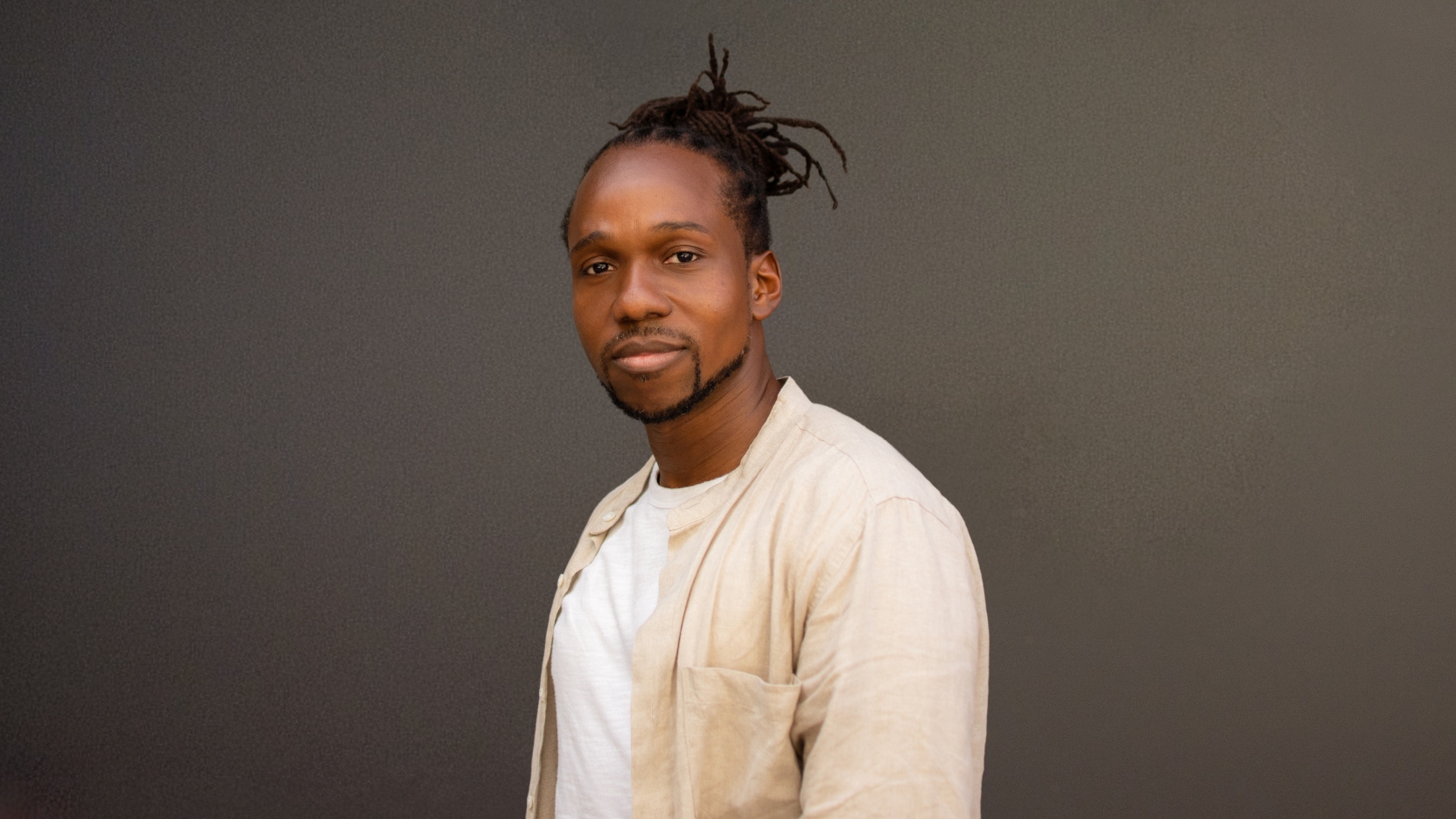Inside Naomi Osaka’s life: Tennis, family and fortune
Whether you’re an avid tennis watcher or not, chances are you’ve heard of Naomi Osaka, as she’s one of the

Whether you’re an avid tennis watcher or not, chances are you’ve heard of Naomi Osaka, as she’s one of the best Black tennis players of all time. She hails from Japan and has made international headlines not just for her incredible athletic ability but for several tennis world records, including being the first Japanese tennis player to win a Grand Slam singles title and sparking conversations around mental health and motherhood.
A global icon in the making: The rise of Naomi Osaka

Naomi Osaka was born in Japan on October 16, 1997, to a Haitian father and a Japanese mother. She spent the first three years of her life in Japan. Then, her family relocated to Long Island, New York, where a young Osaka first began playing tennis. Her father had been inspired by the careers of Venus and Serena Williams, and he believed his daughters — Osaka’s sister, Mari, is also a professional tennis player — could experience the same kind of success.
So, three-year-old Osaka picked up a tennis racket and began training. Her training continued when the family moved to Broward County, Florida, where many great American tennis players have trained. She was so dedicated to the sport at the time that it dominated her entire day. She practiced tennis during the day and was homeschooled at night.
Other tennis players her age might have eased into their careers by starting in junior tournaments. Not Osaka. Just like the Williams sisters, whose example her father had her set to follow, Osaka kicked off her professional career in 2013 and began competing against older players.
From prodigy to powerhouse
Since she was a dual citizen, Osaka had the choice whether she’d represent the U.S. or Japan in her professional career. Osaka chose Japan, largely influenced by her father’s belief that playing for Japan would open up more opportunities.
Whether it was from the country she wore on her back or purely because of her exceptional talent, Osaka began finding career success and encountering opportunities she didn’t have before. She competed in her first Grand Slam tournaments in 2015 at Wimbledon and the U.S. Open. Osaka didn’t win either tournament, but still, her career continued to move forward.
In 2016, Osaka made it to the round of 32 at three Grand Slams: the Australian Open, the French Open and the U.S. Open. That year’s U.S. Open was particularly significant for her. There, her serve was clocked at 125 miles per hour, one of the fastest serves ever recorded in women’s tennis and a sign that Osaka would be one to watch for the rest of her career. Further cementing Osaka’s status as a future star was being awarded the Women’s Tennis Association’s 2016 Newcomer of the Year Award.
Grand Slam glory: Defeating Serena Williams

Two thousand eighteen was a breakthrough season for Osaka, as she not only won her first Women’s Tennis Association Tour title but also the U.S. Open. Osaka’s U.S. Open victory was particularly monumental, as it made her the first Japanese player to become a Grand Slam singles champion. Not only that, but she defeated her childhood idol, Serena Williams, in the final match, blocking her from a record-tying 24th major singles title.
What should have been a sweet victory for Osaka quickly turned sour. Her match with Williams had a somewhat controversial ending. Rather than cheers from fans, Osaka was met with boos from a crowd disappointed in the way the game was officiated. Williams defended her competitor, urging spectators to stop booing her. However, despite having her hero’s support, the experience was still painful for Osaka. She told the Tennis Insider Club Podcast,
“I went on social media…I was just reading a lot of people saying I didn’t deserve to win. After I won my first U.S. Open. Oh, God. I remember I started crying a lot. I still think about it a lot.”
Best of the best: Osaka’s first no. 1 ranking and Tokyo Olympics
Osaka often told reporters she wanted to be the best, and in 2019, after winning the Australian Open, she officially reached that goal. Osaka reached the world number one ranking for the first time, becoming the first Asian player to ever do so. She held her number one spot for 21 weeks, until Australian Ashleigh Barty claimed it in June. However, Osaka took it back in mid-August.
In 2020, Osaka won her second U.S. Open, this time defeating Victoria Azarenka. This victory also made her the 20th woman to win at least three majors in the Open Era. The following year brought her a second Australian Open title — she defeated Serena Williams in the semifinal and Jennifer Brady in the final — and an opportunity to represent Japan at the Tokyo Olympics. Naomi Osaka lit the Olympic cauldron during the Games’ opening ceremony, the first tennis player to ever do so.
Poise under pressure
Osaka’s rise to the top of the women’s tennis world kept a lot of eyes on her at all times. However, she never crumbled under the pressure. She became known for her cool-as-a-cucumber demeanor, particularly during the controversial match against Serena Williams at the 2018 U.S. Open.
A Japanese newspaper called her a “new heroine Japan is proud of,” noting the striking contrast between her strength and power on the court and her gentleness off of it. Another Japanese publication said that Osaka’s personality and talents could make her one of the faces of the Tokyo Olympics, which she was.
The voice behind the victory: Naomi Osaka on mental health and self-advocacy

Since she was thrust into the spotlight in 2016, Osaka has consistently made headlines for her athletic abilities. In 2021, though, she was in the news for a different reason: mental health issues.
Despite being known for a calm and confident attitude, Osaka revealed she had long been feeling the pressure of it all, noting that she faced “long bouts of depression” since her 2018 U.S. Open win. To protect her mental health, Naomi Osaka decided that, during the 2021 French Open, she would not be participating in post-match interviews.
Tournament organizers hit Osaka with a $15,000 fine, claiming that opting out of interviews would leave her media obligations unfulfilled. But Osaka, determined to protect her already anxious mind, only doubled down on her commitment to self-care. She decided to leave the tournament altogether. This marked the first time in professional tennis that a major star withdrew without a physical injury and proved that Naomi Osaka and mental health awareness go hand-in-hand.
She wrote in an Instagram statement,
“I think now the best thing for the tournament, the other players and my well-being is that I withdraw so that everyone can get back to focusing on the tennis going on in Paris.”
Though her decision was met with backlash by some, others, Serena Williams and Billie Jean King, for example, wholeheartedly supported her decision to take a step back and take care of herself.
Osaka returned to the game later that year to play at the U.S. Open, but after a third-round loss, she took a four-month hiatus. After the loss, she told reporters,
“I feel like I’m kind of at this point where I’m trying to figure out what I want to do, and I honestly don’t know when I’m going to play my next tennis match.”
A triumphant return: 2024 U.S. Open and the spirit of resilience

After a rocky 2022 season, Osaka announced that she would be taking all of 2023 off to give birth to her first child, a daughter named Shai, whom she shares with rapper Cordae. The new mother returned to the game in 2024, competing at the Australian and French Opens and at Wimbledon. However, she didn’t emerge victorious at any of the tournaments.
In late summer 2024, Osaka joined the world’s best athletes in Paris, and millions tuned in to watch Naomi Osaka’s Olympics comeback. Unfortunately, she lost in the first round. Though disappointed, Osaka remained hopeful she could become the player she once was.
“I guess I need to learn how to win again. Maybe that’s something I forgot how to do. Maybe I have to keep playing matches against really good players to relearn that,” she said.
Following the 2024 Paris Olympics, Osaka played in the U.S. Open. While she didn’t win the Grand Slam, she did win her first-round match against number-10 player Jelena Ostapenko. This win marked Osaka’s first U.S. Open match victory in three years and her first time beating a top-10 player since 2020.
Her first-round victory was emotional — Osaka shed a few tears after the match — and inspiring, especially to women, positioning Osaka as a beacon of hope to women feeling disconnected from their bodies and themselves postpartum. After the match, she told reporters,
“Last year, I was watching Coco [Gauff] play, and I so badly wanted to step on these courts again. I didn’t know if I could…just to win this match and just to be in this atmosphere means so much to me.”
Building an empire: Wealth, branding and cultural power

Osaka has found herself atop the list of the world’s highest-paid female athletes several times. The most notable time was in 2020, when the $37.4 million she raked in made her the highest-paid female athlete ever, according to the Guinness World Records. Serena Williams held the record until that point.
While much of Osaka’s earnings come from prize money, another portion of it comes from brand partnerships. In 2024, Osaka teamed up with fashion designer Yoon Ahn to create one-of-a-kind performance dresses to coincide with her return to the U.S. Open. Osaka’s involvement with the sportswear giant makes sense, as Nike has become known for empowering and supporting female athletes.
Another of Osaka’s noteworthy brand partners is Louis Vuitton. The luxury fashion house named her a brand ambassador in 2020, and she has publicly represented LV ever since. It may seem like an odd coupling, but it aligns with Osaka’s brand and interests. When the collaboration was announced, Osaka stated,
“Aside from tennis, my most treasured passion is fashion, and there is no brand more iconic than Louis Vuitton…To become a global brand ambassador is truly a dream come true for me.”
Osaka’s passion for fashion not only came through in her Nike and Louis Vuitton collaborations. It also shone in the Adeam fashion show during New York Fashion Week in 2020. The tennis star helped create the pieces that the Japanese-American label debuted on the runway that winter.
A lasting legacy: Naomi Osaka on inspiring the next generation

Whether they are tennis players or not, young audiences have plenty of reasons to look to Naomi Osaka’s life for guidance and inspiration. Her lifelong dedication to her sport and determination to be the best teach aspiring athletes how far hard work and self-confidence can take them, and her commitment to self-advocacy, prioritizing mental health and empowering women make her a worthy role model to the masses and one of the most influential people in sports.
After a brief hiatus due to an injury in January 2025, Osaka returned to tennis in June 2025. Her return hasn’t been as triumphant as she’d hoped it would be — she had a frustrating first-round loss at the French Open — but she told reporters she’s optimistic about Wimbledon and her future in the sport.
Regardless of how the rest of her 2025 season goes, the Japanese-American tennis champion will likely always be known as an iconic celebrity athlete, and her record-breaking athletic abilities, emphasis on mental health and determination will go down in history.
Share
What's Your Reaction?
 Like
0
Like
0
 Dislike
0
Dislike
0
 Love
0
Love
0
 Funny
0
Funny
0
 Angry
0
Angry
0
 Sad
0
Sad
0
 Wow
0
Wow
0














![Matt Rogers Shares Health Update on Boyfriend Fraser Olender After Below Deck Star’s Heart Attack [Video]](https://www.lovebscott.com/wp-content/uploads/2025/12/809730e6f6084c0ab997c218f2010f09_md.jpg.webp)
![TV Trailer: ‘His & Hers’ [Starring Tessa Thompson & Jon Bernthal]](https://thatgrapejuice.net/wp-content/uploads/2025/12/tessa-thompson-his-hers-tgj-scaled.png)

